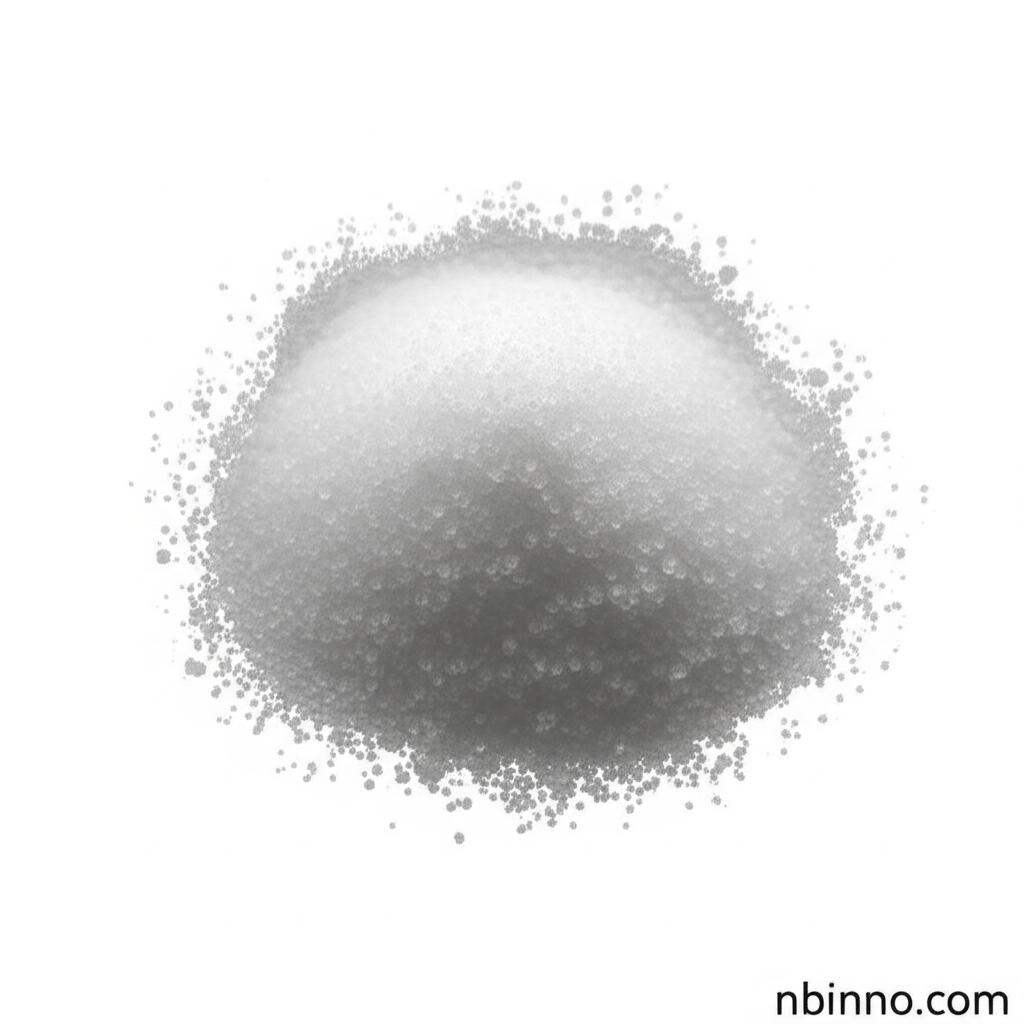1,4-Diiodotetrafluorobenzene: A Key Building Block for Advanced Materials and Pharmaceutical Research
Discover the versatile applications of 1,4-Diiodotetrafluorobenzene, a crucial fluorinated compound enabling advancements in materials science and pharmaceutical development. Explore its unique properties and applications with us.
Get a Quote & SampleProduct Core Value

1,4-Diiodotetrafluorobenzene
We are a leading supplier in China of high-quality 1,4-Diiodotetrafluorobenzene (C6F4I2), a critical fluorinated intermediate. This compound is extensively utilized as a versatile building block in the creation of novel materials, driving innovation in organic electronics and advanced synthesis. Its role in pharmaceutical research and development is also significant, providing a foundational element for complex molecule construction. As a reliable manufacturer in China, we ensure consistent quality and supply to meet the demanding needs of global researchers and industries.
- Explore the applications of 1,4-diiodotetrafluorobenzene in developing next-generation materials and high-performance compounds.
- Understand the critical role of fluorinated building blocks like 1,4-diiodotetrafluorobenzene in modern chemical synthesis.
- Leverage the unique properties of C6F4I2 for your pharmaceutical intermediates projects and accelerate your research timelines.
- Inquire about our competitive price for 1,4-diiodotetrafluorobenzene, offering exceptional value from a trusted supplier.
Advantages of Using 1,4-Diiodotetrafluorobenzene
Facilitates Halogen Bonding
The presence of iodine atoms in 1,4-Diiodotetrafluorobenzene makes it an excellent donor for halogen bonding interactions, crucial for constructing supramolecular architectures and cocrystals. Researchers can utilize this property to design novel materials with specific optical and electronic characteristics.
Versatile Synthetic Intermediate
As a key component in organic synthesis, 1,4-diiodotetrafluorobenzene can be easily modified through various chemical reactions, making it adaptable for a wide range of applications, from creating complex pharmaceutical compounds to specialized polymers.
Enables Advanced Material Design
Its fluorinated nature and the reactive iodine groups allow for precise tuning of electronic properties, making it ideal for applications in areas like organic light-emitting diodes (OLEDs) and other advanced electronic materials, supporting your need for advanced materials synthesis.
Key Applications
Pharmaceutical Research and Development
This compound is a vital precursor in synthesizing active pharmaceutical ingredients (APIs) and novel drug candidates, supporting crucial pharmaceutical research and development efforts.
New Material Synthesis
Utilized in the creation of advanced polymers, liquid crystals, and other functional materials, contributing to innovation in materials science and driving the demand for 1,4-diiodotetrafluorobenzene synthesis.
Pesticide Development
Serves as an important intermediate in the development of new, more effective pesticides, contributing to advancements in agricultural science and crop protection.
Organic Electronics
Its unique electronic properties make it a valuable component in the design and synthesis of materials for organic electronics, such as OLEDs and OFETs.
